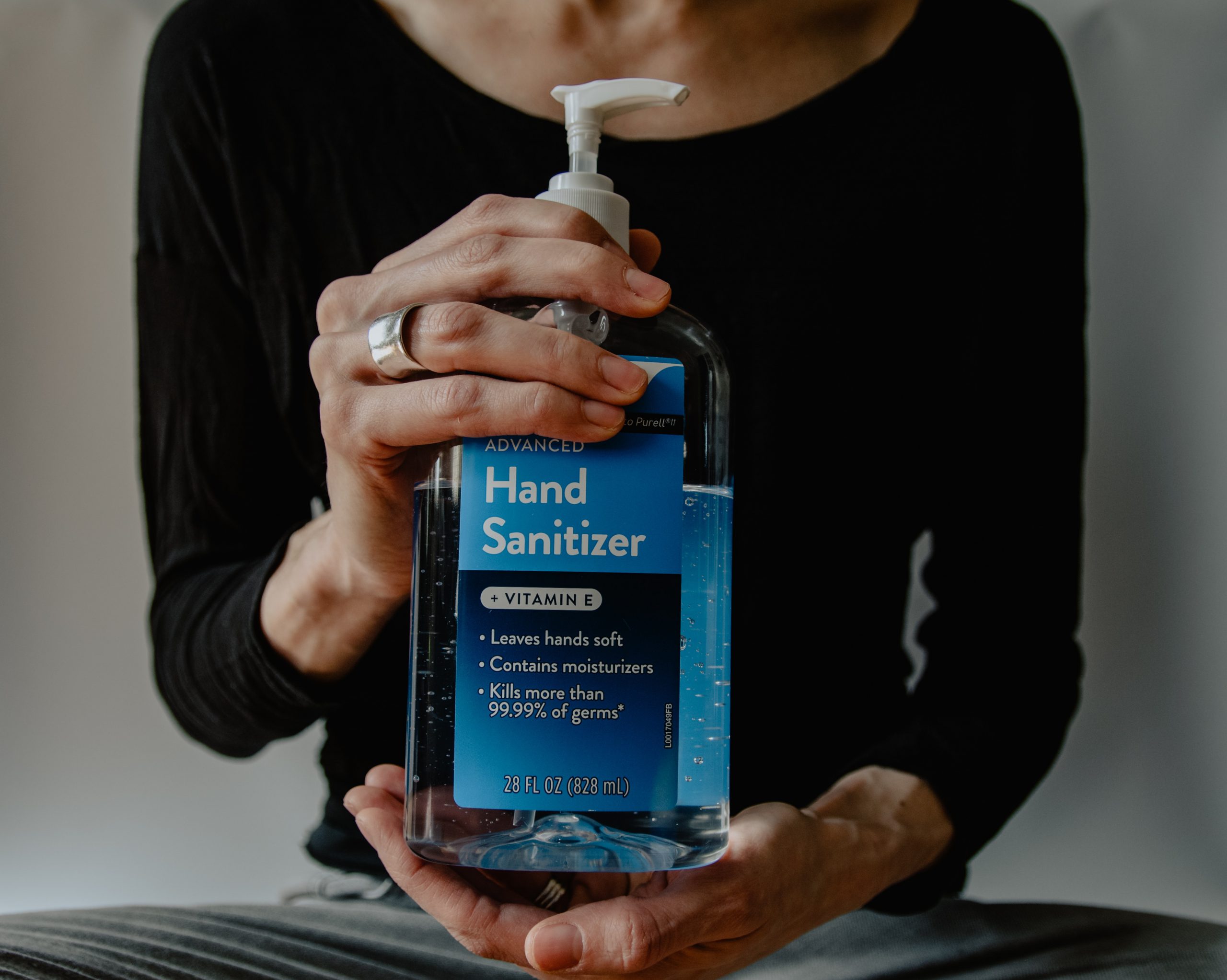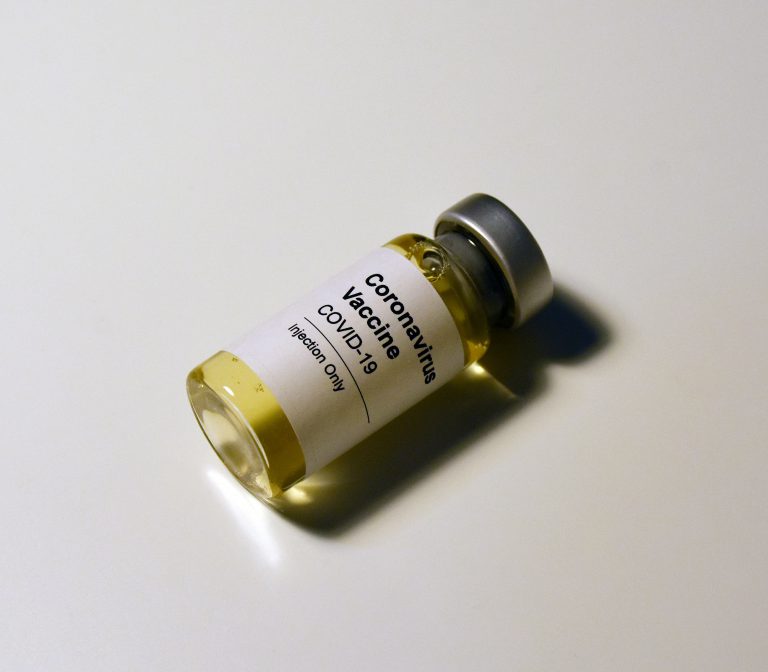As the number of coronavirus cases continues to rise, it is essential that you and your loved ones are more proactive in taking safety precautions. Doing so will minimize the risk of being infected or spreading the virus.
If someone you live with becomes infected with COVID-19, there are necessary courses of action you need to take to keep you and others safe and cared for. To learn more about the safety measures you and your roommate, family member, or significant other should follow, read the steps below.
Isolate the patient
The virus is transmitted from person to person through droplets or close contact with contaminated surfaces. While social distancing in a single room or house can be challenging, doing this is an effective way to prevent virus transmission and contamination.
Make sure to monitor the symptoms of the sick person and isolate them from others. If possible, assign a separate room for them or stay at least six feet away from them at all times. Furthermore, limit your physical contact with them and do not allow them to interact with your pets.
Clean and disinfect all high-touch surfaces
Get rid of the virus in your home by cleaning and disinfecting surfaces and items that are touched or used by the patient frequently. These include appliances, bathroom surfaces and fixtures, doorknobs, keyboards, kitchen counters, tabletops, toilets, phones, tablets, and remote controls. Use a powerful cleaning agent, such as bleach that is effective in killing unwanted microbes.
Ensure proper ventilation and regular airflow in shared living spaces
Viral particles tend to linger in the air for a period of time. To help keep you and your family or roommate safe, make sure that all shared spaces in your home, such as the bathroom, kitchen, living room, and dining area, have good ventilation and regular airflow. To do this, you may use open windows, air conditioners, air filters, air purifiers, and humidifiers.
Keep the patient’s laundry separate
Use a separate laundry basket where the patient can put their dirty clothes, towels, and beddings in. When handling and washing these soiled items, make sure to wear a mask and disposable gloves to avoid getting in contact with the virus, most especially if these have stool, blood, or urine on them. Wash these thoroughly and separately from other items.
Dispose of contaminated waste properly
Make sure to handle contaminated waste, such as face masks and disposable gloves, with caution. Place them in a separate and sealed container or bag before disposing of them along with other household waste. Finally, wash your hands right away after getting rid of the waste.
Conclusion
Practicing social distancing with someone you live with and care about can be hard. However, there is no other way to keep you and others safe more effectively than to be responsible and take the necessary safety measures in your home.
Aside from limiting physical interactions with one another, you need to clean and disinfect regularly and wash your hands frequently. Make sure to monitor the symptoms of the patient and reach out to health professionals if these worsen, or if you or others you live with are starting to experience symptoms as well.
Meanwhile, you may browse our website at Dose of Healthcare to learn more about the breaking news in the medical industry.



















